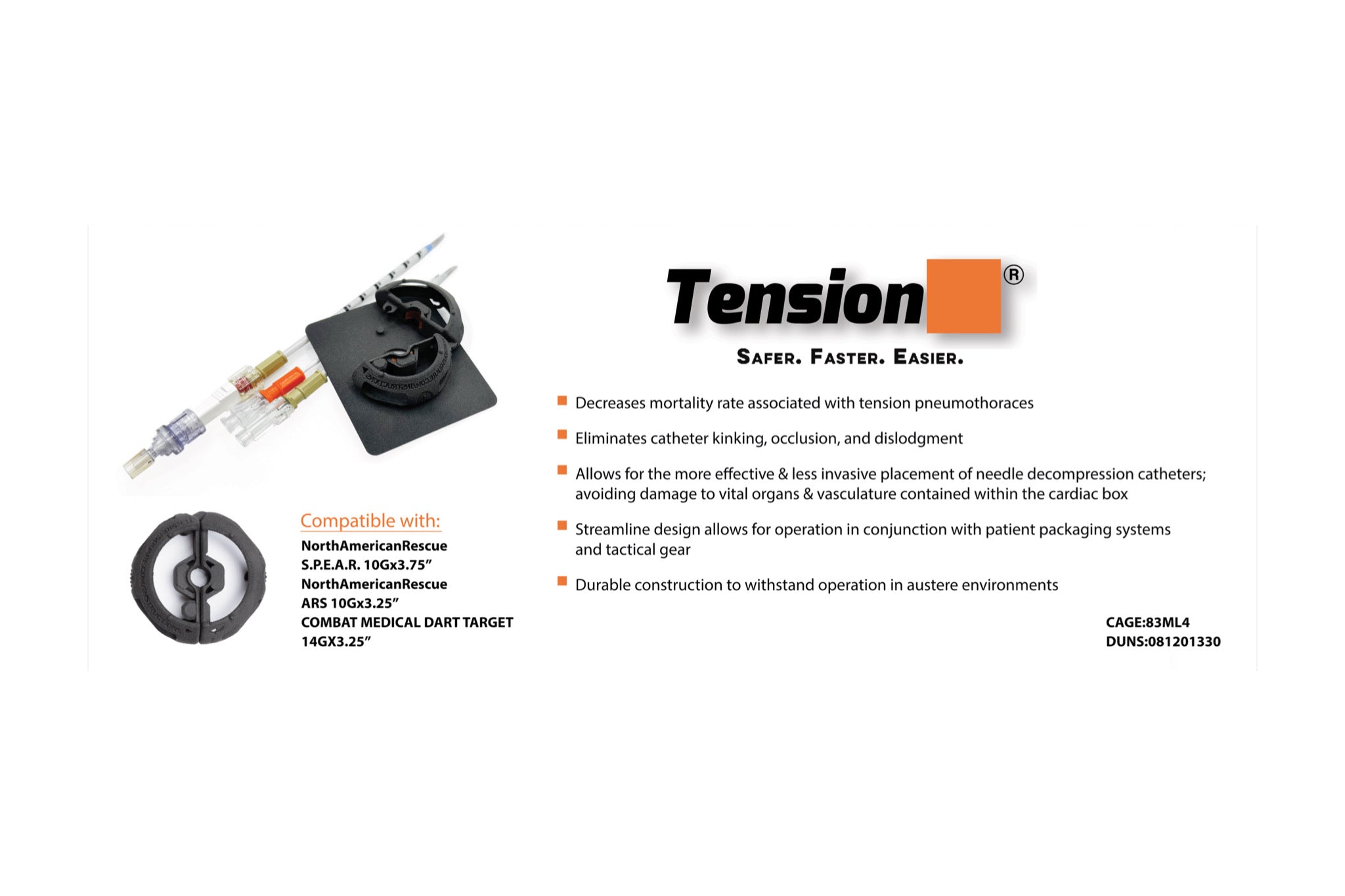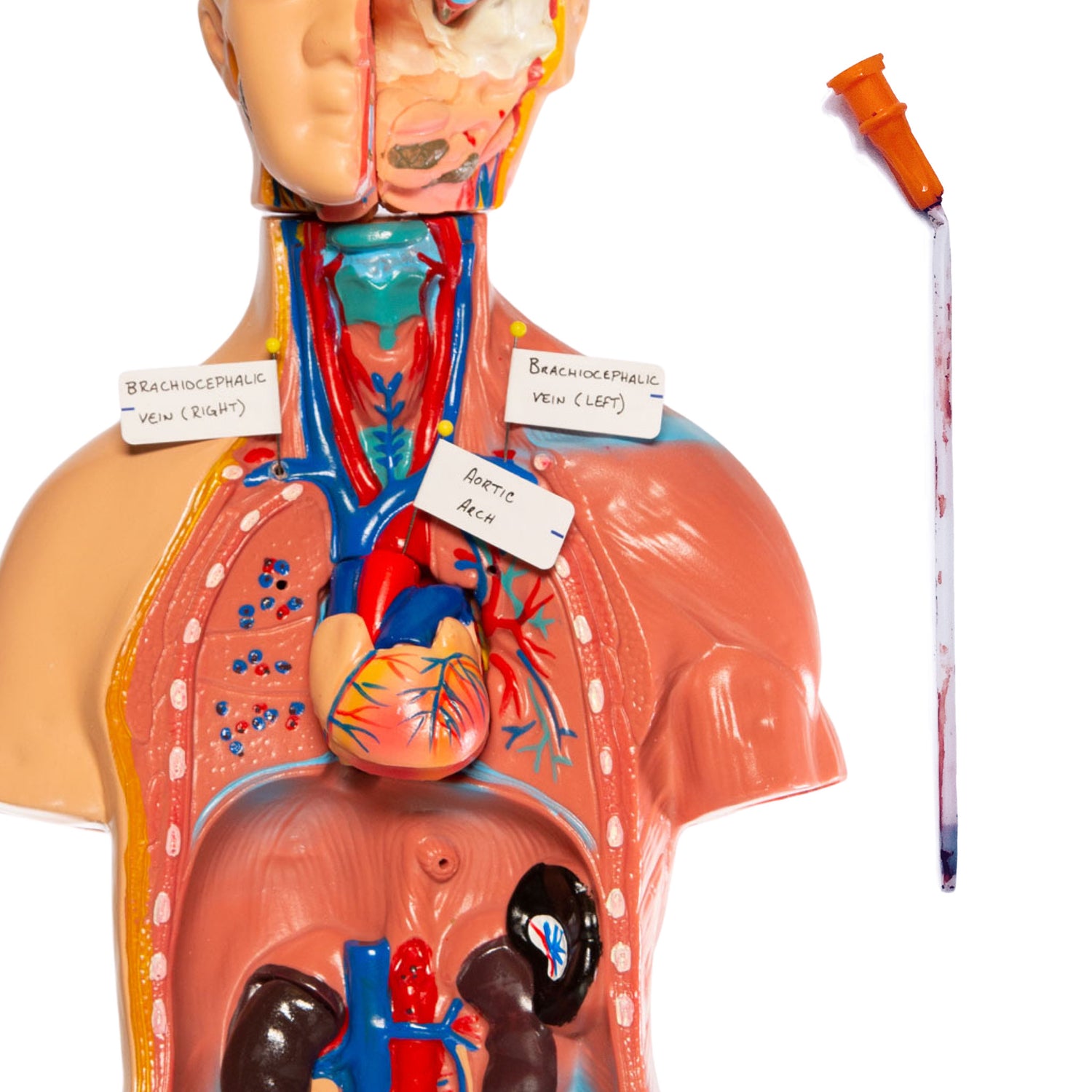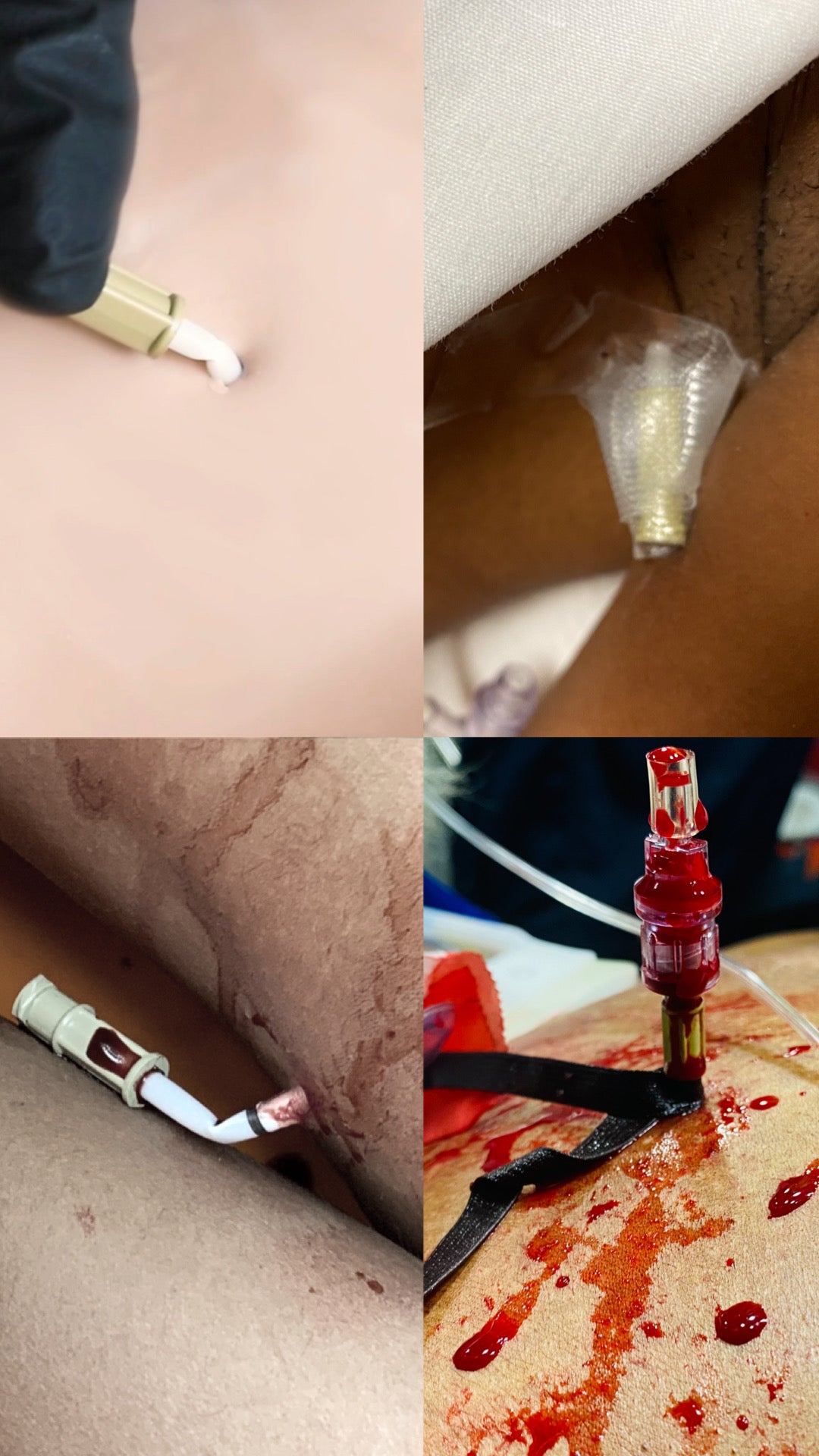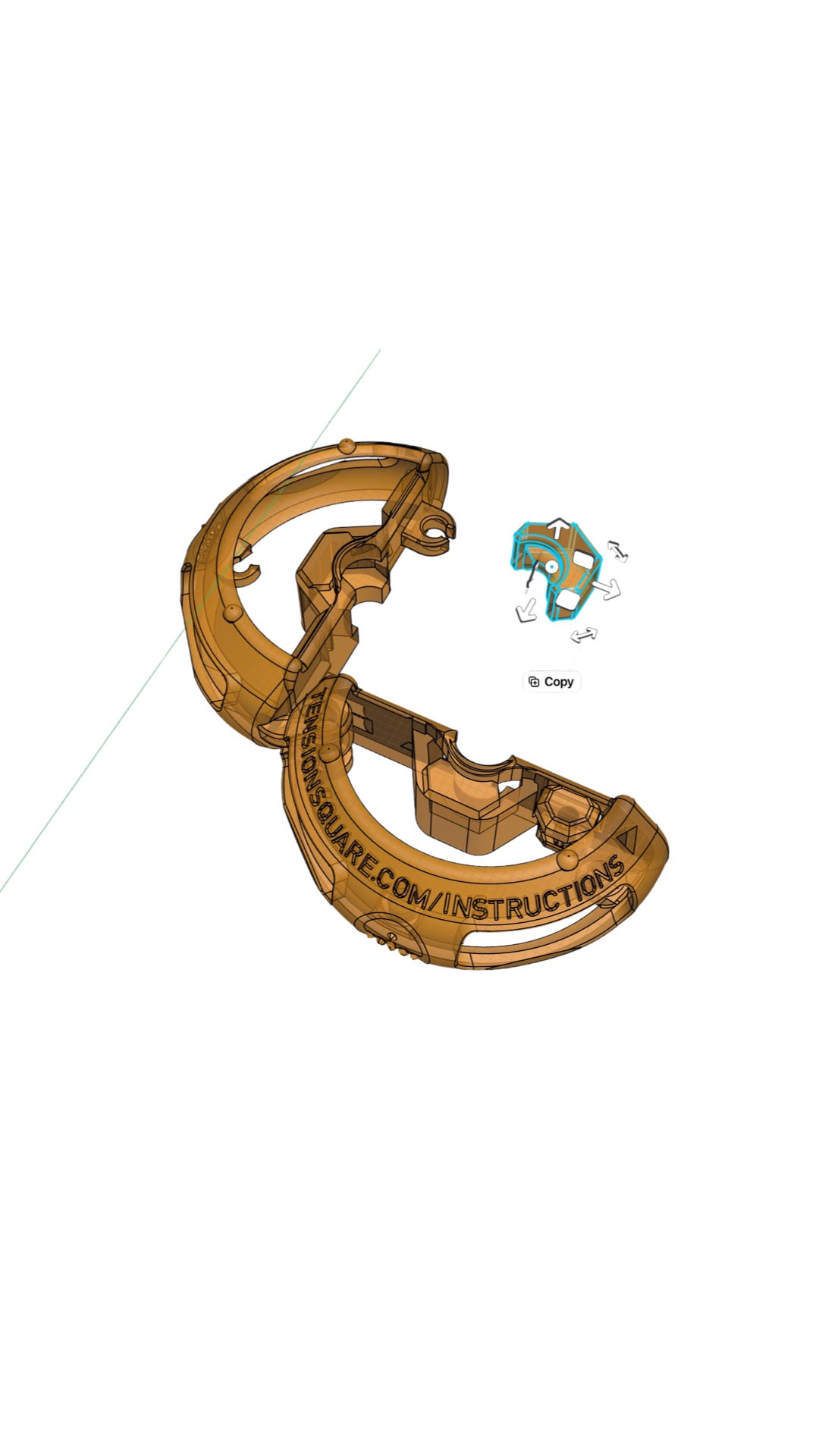
-
More
"Traumatic PTX is a leading cause of preventable mortality in multi-trauma patients"
Lanny F. Littlejohn, MD
-
More
"A tension PTX can also result if the catheter becomes dislodged, kinked blocked..."
Inaba K - Division of Trauma Surgery and Critical Care University of California
-
More
"NT dislodgement may...be difficult to detect as the catheter may initially slide 'in and out' of the pleural space."
D. Eiferman - The American Surgeon

NDC (needle decompression catheter) placement at the anterior mid-axillary line avoids damage to vital organs and vasculature contained within the cardiac box and takes advantage of decreased chest wall thickness, HOWEVER, usage of this site is currently overshadowed by the fact that natural patient arm movements immediately kink, occlude, or dislodge the catheter.

Currently, there are no standardized, effective means to secure needle decompression catheters. This raises several pressing issues in the high-stress environments where needle decompressions must occur.
Common practice for failed needle decompression due to kinking, clogging, and displacement is to repeat the procedure. Not only does repeating the procedure cause more harm to the patient due to increased risk of procedural complications. It also causes valuable time to be wasted; lengthening the patient’s “Golden Window” and decreasing patient viability.

